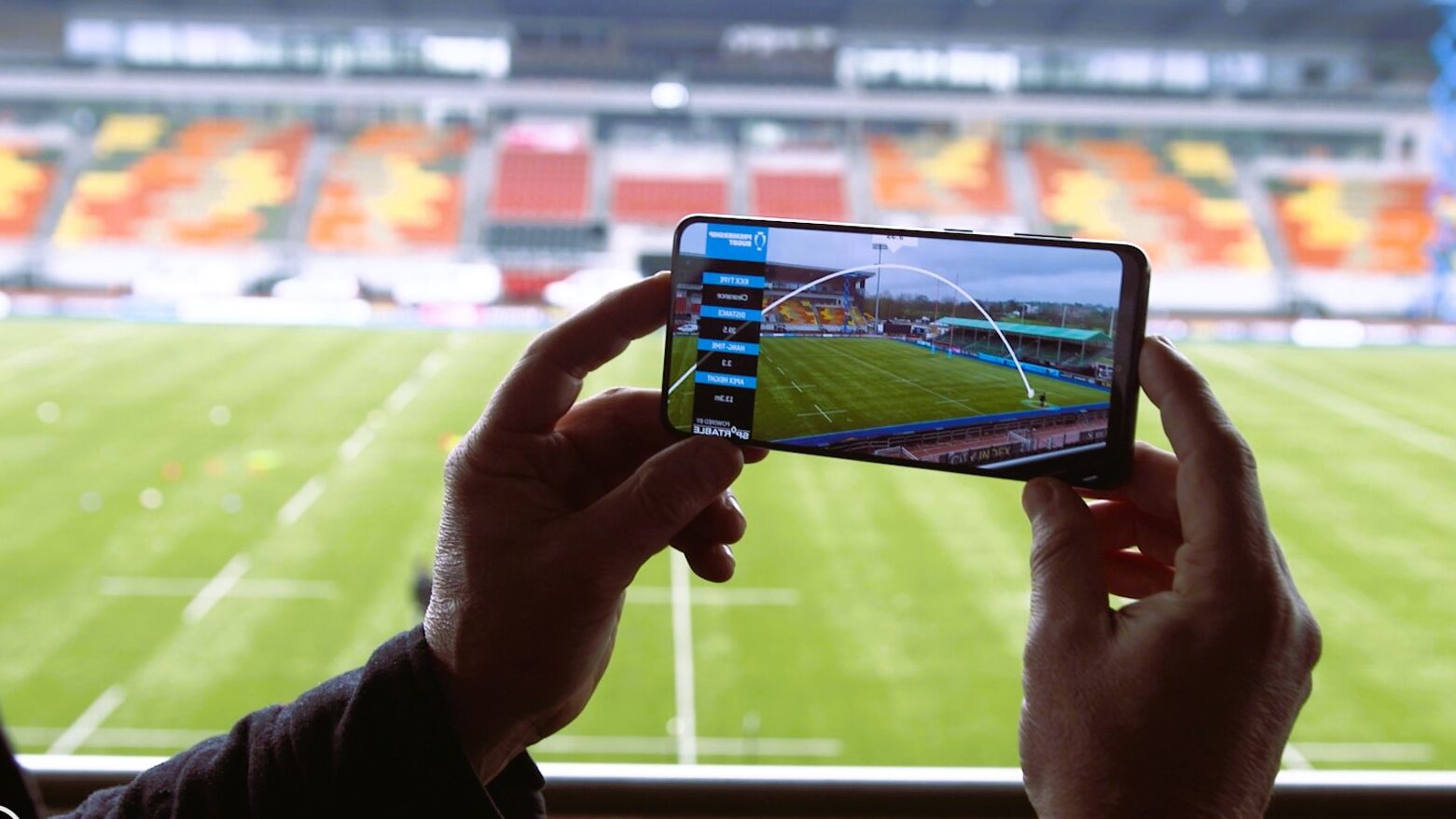In the thrilling arena of sports, the convergence of media and broadcasting has given rise to a dynamic landscape that not only captures the essence of athletic competitions but also weaves compelling narratives for a global audience. The symbiotic relationship between sports and media has transformed the way fans experience their favorite games and has created exciting opportunities for broadcasters and content creators. This article delves into the intricacies of sport media, unveiling the dynamics of broadcasting in sports and shedding light on the key factors that contribute to its success.
The Rise of Sport Media:
Sports and media have shared a long-standing relationship, but the emergence of dedicated sport media outlets has elevated the coverage of athletic events to new heights. From the early days of radio broadcasts to the advent of television and, more recently, the explosion of digital platforms, sport media has become an integral part of the sports ecosystem.
Key Components of Sport Media:

- Live Broadcasting: Live broadcasting remains the heartbeat of sport media. Whether through traditional television channels, streaming services, or social media platforms, the live broadcast of sporting events connects fans from around the world in real-time. The excitement of live sports, enhanced by expert commentary and analysis, creates an immersive experience for viewers.
- Sports Journalism: Sports journalism serves as the storyteller of the sports world. Through articles, interviews, and analysis, sports journalists provide context, depth, and behind-the-scenes insights. In the digital age, sports journalism has expanded its reach through online platforms, blogs, and multimedia content.
- Documentary and Feature Production: The production of sports documentaries and features adds a layer of storytelling that goes beyond the live event. These productions delve into the personal journeys of athletes, the history of sports, and the cultural impact of athletic achievements. Streaming platforms and dedicated sports networks often serve as homes for these in-depth productions.
- Interactive Platforms: Interactive platforms, such as sports apps and websites, enable fans to engage with content in a personalized manner. Features like live statistics, interactive polls, and real-time commentary enhance the viewer’s experience and provide additional layers of engagement beyond the broadcast itself. The growth of new media and their future trends, read more in the article about Innovation in Media.
The Impact of Technology on Sport Broadcasting:
Advancements in technology have revolutionized sport broadcasting, offering innovative ways to deliver content and enhance the fan experience.
- Virtual and Augmented Reality: Virtual and augmented reality technologies provide fans with immersive experiences, allowing them to feel like they are part of the action. Virtual reality can transport viewers to the stadium, while augmented reality overlays graphics and additional information onto the screen during broadcasts.
- High-Speed Cameras and Instant Replays: High-speed cameras and instant replay technologies enable broadcasters to capture and review key moments with unparalleled detail. This enhances the viewer’s understanding of the game and allows for in-depth analysis.
- Social Media Integration: The integration of social media into sport broadcasts has created a two-way interaction between fans and broadcasters. Real-time engagement, highlights, and fan reactions contribute to a sense of community and shared experience.
Challenges in Sport Broadcasting:

While sport broadcasting has evolved significantly, it also faces challenges that require strategic solutions.
- Rights Management and Distribution: The acquisition and management of broadcasting rights for major sporting events can be complex and competitive. Effective distribution strategies are crucial to ensuring that fans can access content seamlessly.
- Balancing Tradition and Innovation: Sport broadcasting must strike a balance between traditional coverage and innovative technologies. While embracing new trends, it is essential to preserve the essence of the live sports experience.
- Monetization in a Digital Era: The shift to digital platforms has raised questions about monetization models. Finding sustainable revenue streams while providing accessible content is a ongoing challenge for sport broadcasters.
Standardization in Sport Media:
For the sport media industry to thrive, adherence to standards and best practices is essential. Wikipedia’s article on Media Standards offers valuable insights into global standards and practices, providing a comprehensive overview of the principles that guide media organizations.
Looking to the Future:
As technology continues to evolve and audience expectations shift, the future of sport media holds exciting possibilities. The integration of artificial intelligence, enhanced data analytics, and new storytelling formats will further enrich the sports viewing experience. Sport broadcasting, as a dynamic and ever-evolving field, will continue to captivate audiences, fostering a global community united by the thrill of athletic competition and the artistry of media storytelling.




